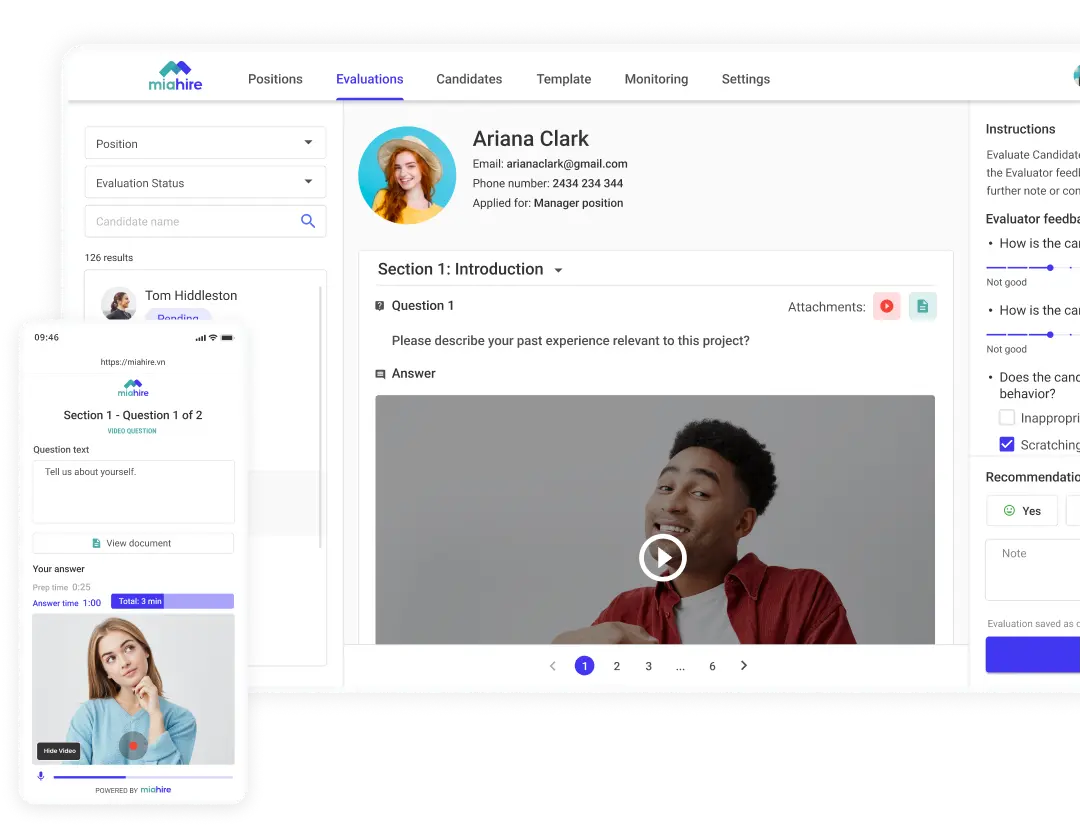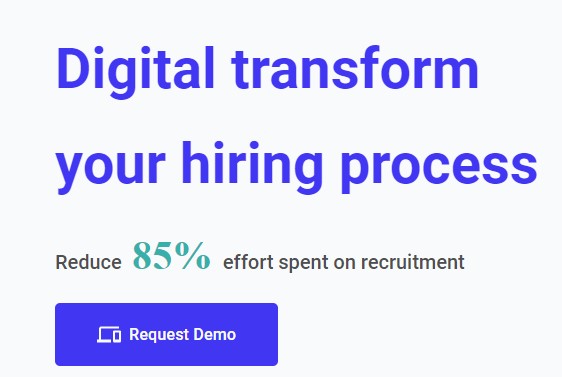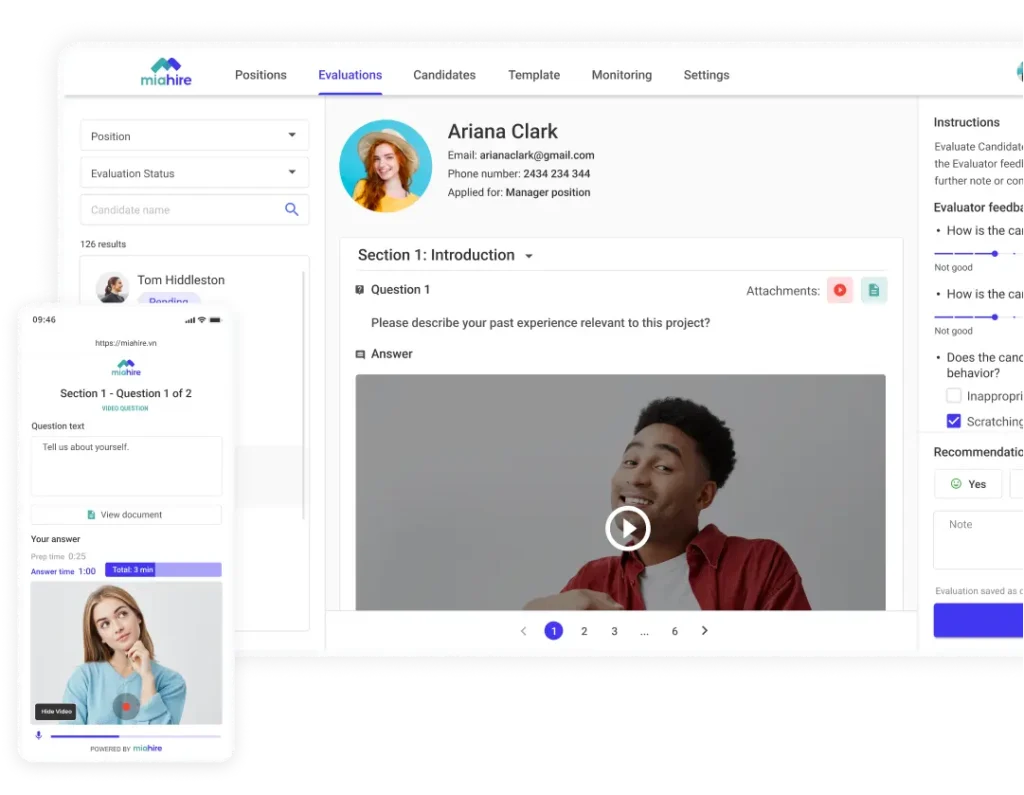1. Definition and Overview
Passive Candidates are professionals who aren’t actively seeking new job opportunities but might be open to the right position if it comes along. Contrary to active candidates, who apply to job listings and regularly check job boards, passive candidates are generally content in their current roles.
2. Real-world Illustration
Consider Sarah, a senior software developer. She’s been with her current company for five years and is generally satisfied with her role. However, when a recruiter reaches out to her with an opportunity that offers a more challenging project and a higher pay scale, she becomes intrigued.
3. Key Statistics on Passive Candidates
- According to a LinkedIn report, 70% of the global workforce consists of passive candidates1.
- A study by the Society for Human Resource Management (SHRM) indicated that 81% of passive candidates would consider a new job opportunity if the right one came along2.
4. Reasons Why Passive Candidates Matter
- Quality: Passive candidates often represent top talent in the industry. They’re typically individuals who excel in their roles, which is why they aren’t actively seeking new opportunities.
- Longevity: Research suggests that passive candidates stay longer in their new jobs when compared to active candidates.
- Less Competition: Engaging a passive candidate often means fewer competitors, since the candidate isn’t actively interviewing elsewhere.
5. Challenges in Engaging Passive Candidates
- Awareness: Since they’re not job hunting, passive candidates might be unaware of potential opportunities.
- Engagement: It’s more challenging to engage someone who’s content in their current role.
- Inertia: The comfort of a known environment can lead to inertia, making the idea of a change seem daunting.
6. Strategies to Engage Passive Candidates
- Tailored Approach: Understand what might motivate the candidate to make a move and tailor your proposition accordingly.
- Build Relationships: Networking events, industry conferences, or casual coffee meets can help in establishing a rapport.
- Engaging Content: Regularly share content about your company culture, success stories, and growth opportunities on professional networks.
- Employee Referrals: Leverage your existing employees to tap into their professional networks.
7. MiaHire USA: A Paradigm Shift in Engaging Passive Candidates
The virtual interview platform, MiaHire USA, has redefined the landscape of talent acquisition, especially when it comes to engaging passive candidates.
- Flexibility: The platform allows passive candidates to engage in interviews at times that are convenient for them, respecting their current commitments.
- Transparency: MiaHire USA’s transparent evaluation ensures that passive candidates get a clear understanding of where they stand, making the proposition more attractive.
- Efficiency: The streamlined process reduces the time commitment, ensuring passive candidates aren’t deterred by lengthy hiring processes.
- Skill-based Assessment: With its robust assessment tools, MiaHire USA ensures that passive candidates are evaluated on their skills, providing them with a fair and unbiased opportunity.
8. Conclusion
In the evolving landscape of recruitment, passive candidates represent a significant segment of top-tier talent. Engaging this talent pool requires a combination of strategy, patience, and the right tools. Virtual interview platforms like MiaHire USA have emerged as game-changers, making the process of engaging, evaluating, and hiring passive candidates more efficient, transparent, and candidate-friendly. As businesses compete for the best talent, turning to innovative solutions will be the key to unlocking the potential of the passive talent market.

References:
Footnotes
- LinkedIn. “Global Recruiting Trends 2016.” https://www.linkedin.com/ ↩
- Society for Human Resource Management (SHRM). “Tapping Into Passive Job Seekers.” https://www.shrm.org/ ↩




